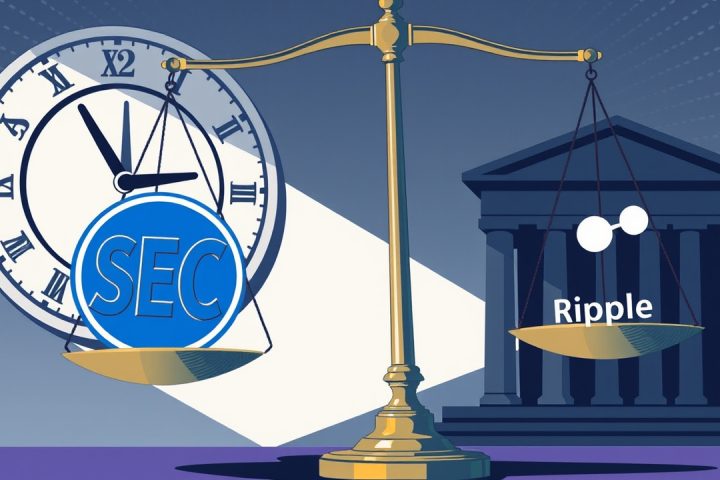Introduction
The implementation of the European Union’s Markets in Crypto-Assets regulation (MiCA) is reaching a critical juncture as it seeks to standardize the rules governing cryptocurrencies throughout its 27 member countries. Designated to ensure consumer protection, regulatory clarity, and market stability over the long term, MiCA presents both hurdles and opportunities for crypto asset service providers (CASPs) amidst its slow rollout.
Licensing and Compliance Deadlines
Beginning January 2025, CASPs are required to obtain licenses to operate legally within the EU framework. Existing businesses in the sector are granted a temporary “grandfathering” phase that extends for 18 months, depending on national implementation timelines, to allow them to align with the new laws. As deadlines approach, there is increasing urgency for companies to comply.
Regulations on Stablecoins
A particularly controversial aspect of MiCA relates to its regulations concerning stablecoins. The directive clearly states that stablecoin issuers must not engage with EU users unless they possess the necessary authorization and submit an approved white paper from regulators.
Furthermore, the law imposes stringent controls on reserves backing these assets, outlined governance structures, management of conflicts of interest, and governs marketing practices. Notably, it also bans issuers from offering interest on tokens, a popular tactic to attract users.
Market Implications
The leading stablecoin, Tether’s USDt (USDT), has announced its decision not to pursue compliance with MiCA regulations, which could trigger a widespread delisting from various exchanges within Europe. This move, if realized, could greatly affect trading volumes and accessibility for retail users in the market.
While some businesses resist these requirements, others, like BitGo, are proactively pursuing compliance. The company has recently obtained a MiCA-compliant license in Germany, aiming to better serve institutional clients across the continent.
Voices from the Industry
Brett Reeves, who leads Go Network and European Sales at BitGo, pointed out that obtaining the license is about much more than meeting legal obligations; it is about adapting to the fast-changing regulatory scene in Europe. He commended the cooperative nature of interactions with BaFin, the Federal Financial Supervisory Authority, and noted that their engagement has been effective and focused on compliance.
Erwin Voloder, the European Blockchain Association’s policy lead, underscored the necessity for uniform interpretation of regulations at the national level and called for clearer guidance from regulators to avoid fragmentation in the market.
Conclusion
As MiCA continues to evolve, companies will need to balance compliance complexities with the potential for strategic growth, especially given its profound implications for both stablecoins and the wider cryptocurrency market.




